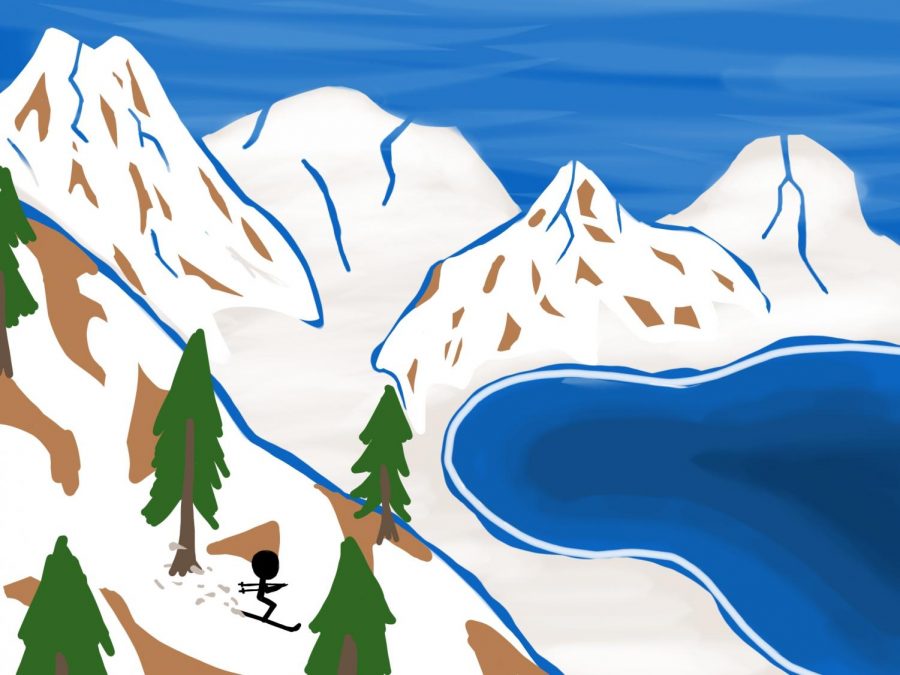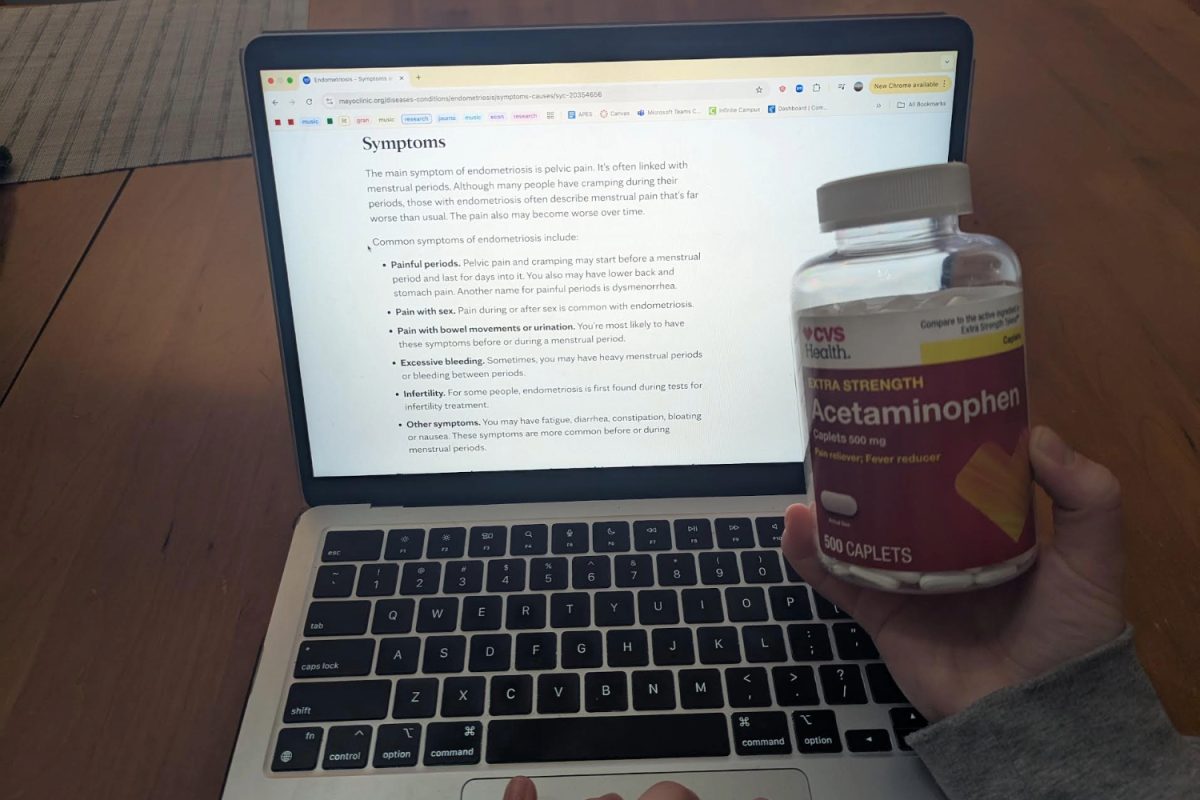To most of us, climate change seems like something distant, something intangible, affecting parts of the world that don’t quite matter in our daily lives.
As the polar bears lose the ice they call home, coral reefs die, and the Amazon rainforest burns daily, many other tragedies take place all around the world. We understand that these disasters are harmful, so we put in some effort to solve the problem. Yet, this effort doesn’t make much of a change.
We continue to take those extra long showers or use those straws for iced teas. I’ll admit, I’m just as guilty of doing those little things as the next person.
As an avid skier, every winter I am reminded first-hand of the disaster that is climate change.
There’s nothing worse than a lack of snow for a skier. Unfortunately, that seems to be the trend from the past few years. The warm, spring-like days on the mountain, and skiing on human-made snow while avoiding the caution signs indicating rocks and dirt where the snow could not cover are all things no skier wants to experience. Not to mention the disappearance of powder days, something that all skiers crave.
As shown in the Lake Tahoe, this is not something that’s happening in some far off land; it’s right here, in California.
Apart from measurements and skiing, snowpack levels have a higher and more direct impact on the residents of California. Snowpack from the Sierras constitutes 30% of the state’s water supply, which supports roughly 23 million people. The melted snow runs into rivers and lakes to eventually end up in our reservoirs.
The past couple of years have been dreadful in terms of precipitation and snowpack levels. 2015, by far one of the worst, had the lowest snowpack levels of the past 500 years. These insanely low levels caused Gov. Jerry Brown to announce the first-ever mandatory statewide water restrictions in California. At Phillips Station, a facility near Tahoe, there was no snow left to measure on April 1, 2015. Since then, the downward trend has continued for five years.
This year on April 1, at Philips Station, the snowpack measured only 66% of the average in the past years, according to South Tahoe Now. This could be due to the rising temperature across the Sierra Nevadas.
According to the University of California, Davis, over the past 100 years, the average daily maximum temperature has risen 2 degrees Fahrenheit, and the average daily minimum temperature has risen 4.2 degrees. The temperature continues to increase, and the snowpack levels decrease.
It is predicted that by the end of the 21st century, with no intervention, the average springtime temperature in the Sierras will rise by 7 degrees, and snowpack will decrease by 64%, according to the University of California, Los Angeles. They also predicted that if steps were taken to reduce emissions, the springtime temperature would increase by 4 degrees, and snowpack would drop by 30%.
We already know of simple, everyday habits that can help slow climate change, and I’m here to state the facts. The truth is that many parts of the world are getting warmer, making for altered skiing experiences and daily lives.












